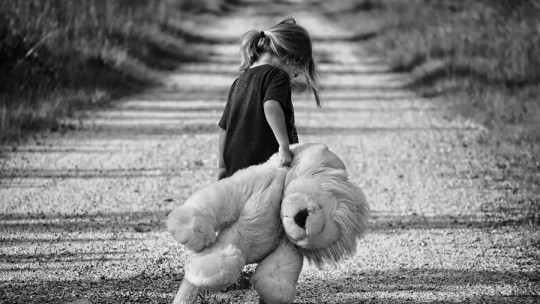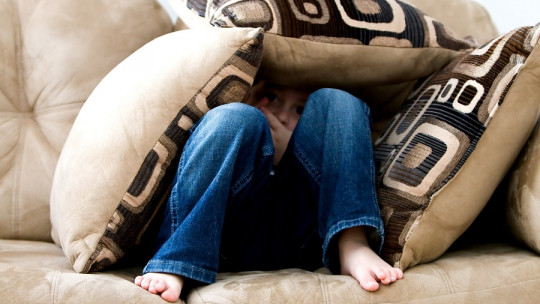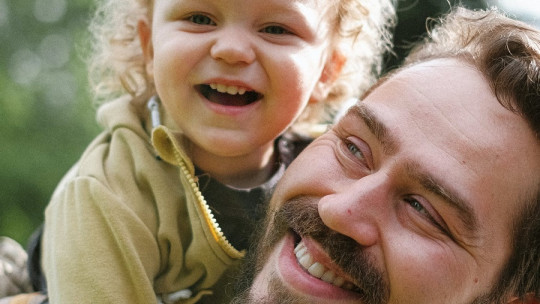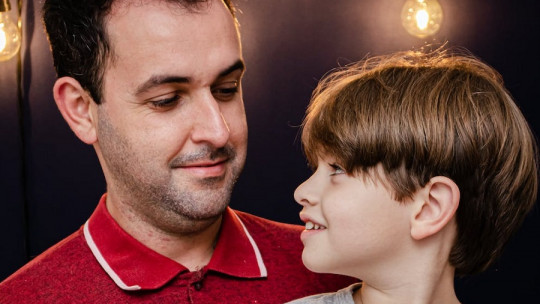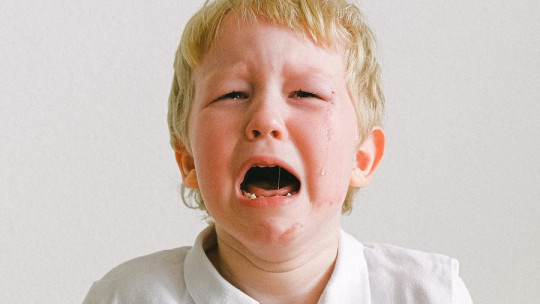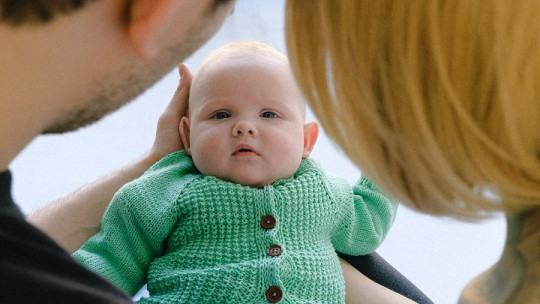
Validating emotional attachment psychotherapy It is a treatment model applied in social education for minors who have problems, especially those who have grown up in homeless environments.
This model has many components and is complex, addressing aspects such as attachment style, mentalization, parenting style and, of course, emotions. Let’s look at it further.
What is validating emotional attachment psychotherapy?
Validating emotional validation psychotherapy (VEV) is a treatment framed within integrative models in psychotherapy and is conceived as a specialized intervention methodology in juvenile justice and child protection devices. It is a model that works on the relational aspects of the minor and is applied in the psychoeducational and psychosocial field
It is a limited support psychotherapeutic approach that intervenes in several aspects, granting a greater sense of control to the context in which the person has grown up, treating and improving possible serious egosyntonic disorders suffered by intervening in emotional dysregulation, relational disorder and aspects related to the environment that have contributed to the minor having dysfunctional and pathological behavior.
The main objective of validating emotional attachment psychotherapy is validate the emotional experience of value by creating a containing environment, that is, a safe and growing environment To this end, an attempt is made to mobilize the necessary resources to modify the attachment style of the minor when he or she begins to be cared for by a social educator to gradually convert it into a secure attachment, using a methodology that can vary in modality, and can be individual, family, or group intervention. and/or community.
Aspects that are taken into account in this type of therapy
As we mentioned, one of the main groups with which This type of therapy is used for minors, especially those cared for in different social protection systems These minors, who can be both children and adolescents, may find themselves in a situation of great helplessness, having been victims of dysfunctional parenting styles and other problems that are the origin and possible cause of their mental health problems, maladaptive behaviors and addictions.
This part therapy modality takes into account the following:
The social educator or social psychologist acts as a source of change for the minor, since he is a key and controllable element in the life of the person he is trying to help, especially in residential and state assistance contexts. It is possible that the minor does not want to collaborate, or does not feel capable of changing his or her own life. For this reason, every educator who works through validating emotional bonding psychotherapy must have the following specific objectives:

The link of educational intervention
As psychotherapy applied specifically with individuals with adaptation problems, it must be taken into account that the quality of the personnel who works with minors will significantly influence their readaptation. As in all educational relational processes, The most stable factor in the lives of minors in a situation of helplessness, sometimes the only one, is the educational assistance figure which is why it is so important that the educator himself monitors his personal characteristics and which ones he shows when carrying out the intervention.
The model applied is so important because, if effective, can cause the minor to leave behind negative self-identifications due in large part to having been the subject of a failed parenting style.
Although the educator or social therapist does not intend to replace the minor’s father, it should be said that the educational link between the educator/therapist and the minor becomes very important, something that if positive will contribute to the performance and progress of the person involved.
This link should try to be built based on the following aspects:
Understanding circularity
During the establishment of the educational link within the framework of this therapy, it is about making the individual aware of how when relating to other people these relationships influence him and others It is necessary to help him understand how we relate (“when you do X, I feel Y” and vice versa). This type of influence on human relationships is what we call circularity, whose name is due to the infinite nature of human relationships, while the behaviors of one or the other are reciprocally conditioned.
The problems of homeless minors can be understood not as a cause-effect relationship, but as a circular relational dynamic while someone in his environment does something bad to him, he does not know how to respond adaptively, he carries out some dysfunctional behavior, someone responds again in a negative way and thus a circular relational dynamic is established.
Every family dynamic can contribute to the generation of different types of relationships, of which its own members do not have to be aware of their influences. These relationships can be functional and validating, in which the emotions are more or less well accepted and in line with what the family members experience, or invalidating, in which such emotions are oppressed or one is not aware of what one should feel. and do, promoting short- and long-term regulatory issues.
Within validating emotional bonding psychotherapy, various basic aspects of the relationship are taken into account, which, if identified, allow work on the way the minor relates to other people and make him more adaptive Among these aspects we find the attachment style, the relational style, the experience of basic emotions, the capacity for mentalization and their roles in the family and social environment. All of these characteristics are shown differently from person to person, giving each individual their idiosyncrasy.
As we have mentioned before, validating emotional bonding psychotherapy places emphasis on ensuring that the minor has a secure attachment style, considered the most functional and healthy of all of them. We can talk about four main types of attachments three of which are more typical of minors in situations of risk and helplessness.
It is also important to know the parenting style Each individual has been raised in a family with a truly unique parenting style, but which can be included in one of the following four categories.
- Democratic: high control, high affection and communication
- Authoritarian: high control, low affection and communication
- Permissive: low control, high affection and communication
- Negligent: low control, low affection and communication
While it is expected that homeless children have been raised in authoritarian or neglectful environments, there is also a chance that they have been raised in more permissive styles. It would be very strange to find a helpless minor who has been raised in a democratic parenting style, and if this were the case, an attempt should be made to elucidate how the minor ended up in the situation in which he currently finds himself if he had a family environment. prosperous.
- You may be interested: “Keys to establishing norms and limits in a democratic and effective way”
VEV therapy and emotions
As its name indicates, validating emotional bonding psychotherapy places one of its focuses on emotions. This therapy starts from the idea that there are six basic primary or innate emotions: fear, sadness, joy, anger, surprise and disgust. Secondary emotions would be of a social nature, appearing in these types of contexts, such as panic or shame.
There is a tendency to think that social emotions are determined largely by cultural training, such as family or school, however, although this is partially true, it is not entirely correct. Actually, culture can modulate the expression of these emotions and guide their manifestation, which can cause them to be used well or badly depending on whether the individual has acquired the correct social norms, but the innate biological component is still present and is what gives them allows you to feel them.
Sometimes it happens that the ability to express emotional states is altered, being able to feel a specific primary emotion but acting as if it were another. For example, a person who really feels sad, instead of crying, starts screaming, destroying objects and hurting other people, showing the behavior typical of anger. These types of problems would be common in homeless minors, and validating emotional bonding psychotherapy would try to rechannel these emotions, making it valid for them to manifest the signs of the emotion they really feel.

